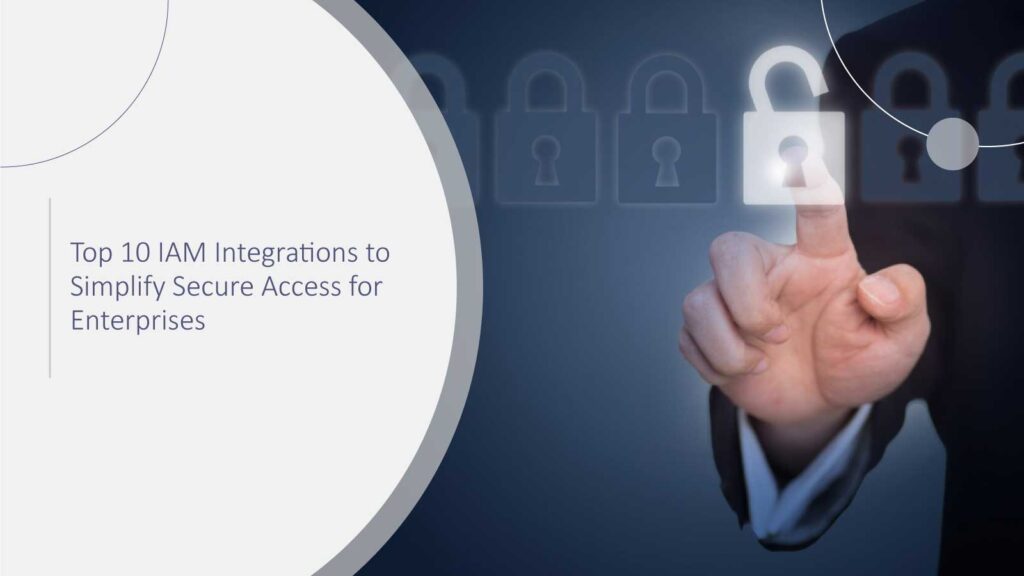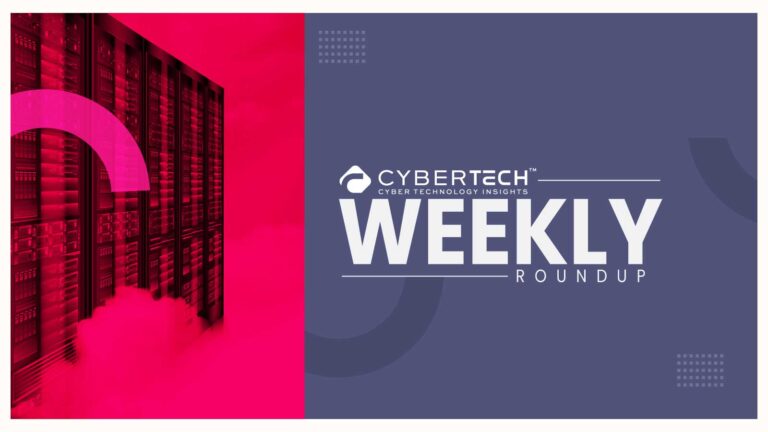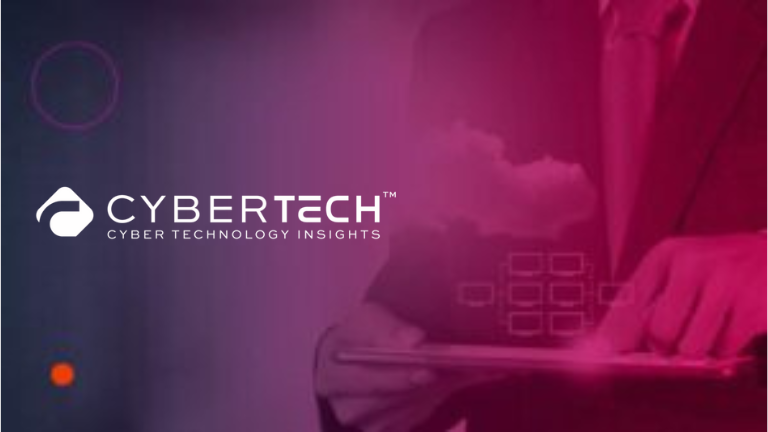IAM Integrations is the hero you didn’t know you needed. Eventually, “Identity and Access Management” (IAM) is not exactly a thrilling security measure. Guess what? It’s one of the coolest things happening in enterprise technology.
Picture your organization as a cyber-fortress. You want trusted individuals to gain seamless access, while unauthorized ones are blocked instantly. That’s what IAM integrations accomplish. They keep everything humming along, securely and efficiently. And in a hybrid workplace universe, they’ve become completely critical. In this article, we’re exploring the top 10 IAM integrations that help enterprises streamline access, reduce risks, and stay compliant – all while boosting productivity.
Why IAM Integrations Are a Must for Enterprises
Why are IAM integrations getting so much buzz?
Let’s break it down.
- Better security: IAM helps prevent unauthorized access to apps and data. Also, it adds layers like MFA (multi-factor authentication), biometrics, and SSO (single sign-on).
- Compliance with regulations: Eventually, if you work in finance, healthcare, or e-commerce, you know GDPR, HIPAA, or PCI-DSS. So, IAM integrations make it easy to comply with those regulations.
- Easier onboarding: New hire? No issue. IAM provisions access automatically, so they have what they require from the first day.
- Seamless user experience: Basically, no one enjoys having to recall 17 unique passwords. Certainly, with IAM, users enjoy secure access using only a single login.
“Identity is the new perimeter.” – Steve Riley, Former Gartner Senior Analyst.
1. Okta: The King of Cloud Identity
When it comes to identity and access management, Okta stands at the forefront — and its track record speaks volumes. It provides cloud-first security with SSO, adaptive MFA, and lifecycle management features.
Key Features:
- More than 7,000 pre-built app integrations with Slack, Zoom, Salesforce, and AWS.
- Custom onboarding/offboarding workflows for employees.
- Pre-built reporting and compliance dashboards.
Why Enterprises Love It:
Okta scales like a dream. Whether you’re a 50-person startup or an international behemoth, it scales with you. Its intuitive UI and granular policy control make IT teams’ lives simpler.
“With Okta, we centralized our identity management without slowing down innovation.” – CIO, Adobe.
2. Azure Active Directory (Azure AD): Best for Microsoft Ecosystem
If your business is committed to Microsoft, Azure AD is a done deal.
It integrates with Microsoft 365, Teams, SharePoint, and more, without leaving behind third-party apps.
Key Features:
- Streamlined SSO for all of Microsoft services
- Conditional Access policies for role-based access
- Third-party tool integrations using SAML and also OpenID
Enterprise Benefits:
Azure AD is convenient for hybrid and also remote teams. Therefore, Admins can assign permissions using automated policies based on department, location, or device type.
Certainly, Azure AD enabled us to scale security without making things more complicated for users.” – VP, Security Operations, AT&T.
3. NordLayer: IAM With a Remote-First Approach
From the team that created NordVPN, NordLayer is designed to support modern and also decentralized teams by simplifying secure connectivity.
Main Features:
- Secure remote access through virtual gateways
- Biometrics and two-factor authentication based on devices
- SSO with Google Workspace, Azure AD, and Okta support
- Activity monitoring with centralized control
Why It’s Great for Enterprises:
NordLayer embeds IAM capabilities into its network security stack, so it’s perfect for businesses that value both access control and protection of infrastructure.
Visibility is a foundational element of the Zero Trust journey, Additionally, NordLayer offers solutions that support this approach. ~ NordLayer
Learn more from the official site!
4. Ping Identity: Identity Intelligence at Scale
Ping Identity is designed for large businesses that have sophisticated infrastructure requirements.
Key Features:
- AI-based access decisions
- Integration with more than 1,500 apps
- Compatibility with cloud, hybrid, and on-prem environments
- Passwordless login capabilities
Enterprise Use Cases:
Ping Identity is particularly well-suited for highly regulated sectors. Its access engine is powered by machine learning to identify anomalies in real time.
Trust can’t hinge solely on when an account is set up or when credentials are checked out. So, eventually, we must now work under the assumption that internal threats exist. Additionally, Prolonged periods of unchecked access are a risk we simply can’t afford anymore.
- Andre Durand, CEO, Ping Identity.
5. Google Cloud Identity: Simple Yet Powerful
Google Cloud Identity is designed to be simple, but not at the expense of power. It’s the perfect choice for Google Workspace or GCP users.
Major Features:
- User lifecycle management
- App access controls
- Context-aware access policies
Why Businesses Prefer It:
It’s deeply rooted in Google’s infrastructure and simplifies identity management as much as managing a spreadsheet.
Google’s IAM tools gave us the flexibility we needed to manage access across our cloud-native apps. – Head of IT, Shopify.
6. IBM Security Verify: The Enterprise Titan
IBM applies decades of security knowledge to its IAM product, Additionally also Verify. It provides AI-powered identity governance and risk-based authentication.
Features:
- Cloud-native IAM
- AI-driven threat detection
- Comprehensive governance reporting
7. Auth0 (Now by Okta): Built for Developers
Auth0 specializes in application-level IAM. Dev teams adore it, as it provides flexibility.
Features:
- API-first identity management
- Role-based access controls (RBAC)
- Universal login templates
It’s lightweight, speedy, and ideal for globally scaling apps.
8. CyberArk: Privileged Access Leader
CyberArk is the default choice for privileged account management — admins, root users, and database engineers come to mind.
Features:
- Vault for secret storage
- Session recording
- Just-in-time access
9. OneLogin: Clean Interface Cloud IAM
OneLogin is a good all-rounder with MFA, directory integration, and SSO.
Features:
- Pre-integrated with 6,000+ apps
- Smart factor authentication
- Self-service password reset
It’s particularly favored by mid-sized businesses requiring a user-friendly platform minus the complexity of enterprise-level.
10. SailPoint: Governance Meets Automation
SailPoint is a governance-first IAM solution. If your greatest worry is access audits and compliance, it’s worth serious consideration.
Features:
- Automated provisioning
- Identity intelligence
- Compliance reporting
Conclusion: IAM Is No Longer Optional — It’s Strategic
IAM integrations are no longer just about security, they’re about business enablement. Also, They get you to move faster, remain compliant, and eliminate IT friction. Also, the beauty part is that they scale as you grow.
Whether you’re going all-in cloud, hybrid, or on-prem, there’s a solution waiting in the wings to make access smarter, safer, and easier.
FAQs
Q1. What is the primary objective of IAM?
IAM’s primary objective is to manage who receives access to what, when, where, and how.
Q2. Does IAM support legacy systems?
Yes. Most leading IAM tools support both newer cloud platforms as well as older on-prem systems.
Q3. How does IAM facilitate compliance?
IAM generates granular audit logs, implements policy-based access, and is supportive of frameworks such as GDPR, HIPAA, and SOX.
Q4. What IAM solution is ideal for a remote workforce?
NordLayer and Okta are both excellent for securing access for distributed teams.
Q5. Is IAM reserved for large enterprises?
Not at all. Even startups can take advantage of IAM tools, particularly those with SSO and MFA.
Ready to Secure Your Access Like a Pro? Don’t wait until a security incident to take action. Begin to roll out a smart IAM solution today and also provide your team with the secure, seamless access they deserve.
Discover more insights like these by subscribing to our tech updates newsletter!







